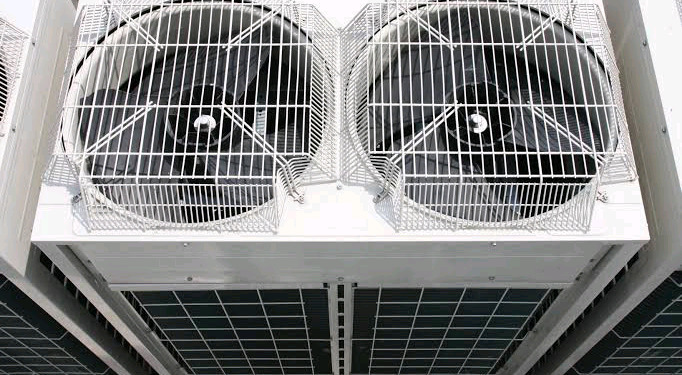By Ebi Kesiena
Ventilation helps your home rid itself of moisture, smoke, cooking odours, and indoor pollutants. Structural ventilation controls heat levels in the attic, moderates dampness in the crawlspace and basement, and keeps moisture out of uninsulated walls.
It is also good to have an airflow that is uninterrupted, as anything blocking the air flow in your home can cause damage to both your home and your health. One of the reasons ventilation is so important is because it controls how much moisture is lingering in your home.
Reasons Why Your Home Needs Good Ventilation
1. To remove condensation which causes damage to the home.
Introducing adequate ventilation, with a condensation control unit, gently ventilates the home from a central position such as the landing to transform a stagnant and stale atmosphere into a fresh, healthy and condensation free environment.
2. It make your home healthier and reduce asthma
Did you know that damp and mouldy conditions can be major triggers for asthma?
If a home does not have an adequate ventilation system and humidity is high, this can provide a perfect breeding grounds for dust mites and dust can trigger asthma
3. To help alleviate symptoms of hay fever
In the summer, hay fever causes misery and suffering for many people. An effective ventilation system can filter out larger particles, such as pollen, preventing them from entering the home. Having a ventilation system in place means there is no need to open the window, which can cause a problem for those with pollen allergies. A ventilation system could be the answer to a more comfortable summer.
Some sufferers of seasonal health conditions, such as hay fever and pollen allergies, have noticed improvements in their condition when an effective ventilation system is fitted. A constant supply of filtered fresh air entering the home can help to control pollutants in the indoor atmosphere, which can have a positive impact on health.
4. To reduce the effects of naturally occurring Radon gas
Some parts of the country are affected by Radon gas. This is a colourless, odourless radioactive gas, which is formed by the decay of small amounts of uranium that occur naturally in all rocks and soils. When this occurs, it produces another radioactive element called Radon’s Daughters, which can attach themselves to dust particles in the air and, if inhaled, they will stick to the airways of the lung. The World Health Organization (WHO) has linked Radon exposure to between 3 and 14 per cent of all lung cancer cases.


































